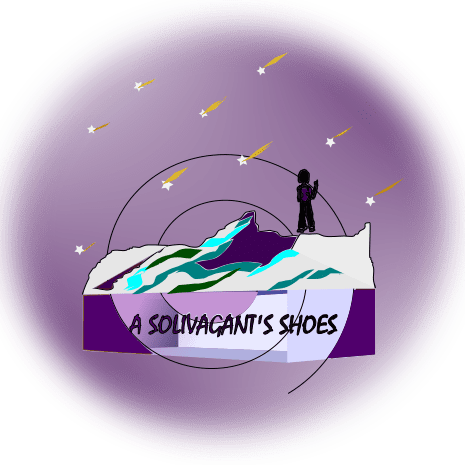Languages and literatures are not only a way to communicate and express but also an important aspect in all the cultures. Languages are doors to new cultures. If you look closely, being one of the primary vehicle of communication it enabled our forefathers and us to transfer our cultures generation after generation.
Apart from the geographical distinction, language and culture are also the key determinants which provide uniqueness to each and every one of us and at some point also differentiate us from others.

When an individual is born, languages are used to link this individual to certain group of a shared identity. This way languages establish communities and able us to preserve them for centuries.
So far, it is identified that there are over 147 language families. In linguistics, we basically have language tree under which these languages are categorized. When you look at the language tree you could realize how much work must have went into it.

In India itself, according to recent data(2018), it has been reported that there are 19,569 mother tongue is spoken including dialect and accents. Among those 1,369 were reported as rationalized mother tongue.
But, from the eyes of linguistic community these aren’t accurate too. As many part of it is unexplored and the knowledge gained is still vacant with lots of holes that need to be filled. Which… is an universal issue considering all the languages around the world.

When we look at language in relation to culture, the places with more languages are the places with more divergent culture. Especially, when a destination has more indigenous community, there will be more diversified culture. Papua New Guinea is a best example, being a country with more indigenous communities, it is the world’s most multilingual country with 830 languages being spoken. Considering the size of this country(462,840 km²), this is something that made me awestruck. On contradictory, places with less divergent indigenous communities and languages reveals that they have very few cultural distinction.

Language and culture goes hand in hand this way as they are the tool that give life to the culture of any community like I mentioned in the beginning. If I have to give you an example of intensity of this relationship, years back I came across this article which reported that Boa Sr, the last person of an indigenous language from Andaman passed away. For most of you it may sound simple. But it kind of shook me.
Just imagine! Living as a last speaker of any language is itself scary and lonely and very depressing. And when this last person dies… The language, the culture, the heritage and everything dies along with that person.
Even though there are books written on that language, it can’t be considered that the language and the culture could survive without the humans who speak it. Language is the life line of a culture. Realising this, languages are used as a part of neo-colonization in the current generation.

Literature on the other hand helps the culture and language to sustain in timeline.
Literatures are the key aspect which gives a form to the languages. Knowledges, histories, teachings, art and various medicinal practices etc are preserved in the form of literature and transferred to the coming generations as heritage. When people decided to preserve their culture they upgraded language to scripts and various written forms. Sadly…. Many of the literatures didn’t withstand time. While few are successfully protected, many got manipulated by dominant cultures in between.

Over centuries many changes occurred in the earth geographically, genetically and historically. But if you take a closer look, there are countries which are completely far away yet reveal identical traces which represent that they are linguistically connected. When this happens, it also unbound that there are also a cultural relationship between them.
For example there is a linguistic connection between Tamil Nadu and many Pacific Asian countries such as Thailand, South Korea etc. which also has represent further connections in other cultural elements too such as festivals and food etc. Example, it has been studied there are similarities between Pongal festival in Tamil Nadu and Chuseok festival in South Korea apart from a strong linguistical connection that stand as a evidence between their bilateral cultural relationship.

IF CULTURE IS A HUMAN, LANGUAGE IS LIKE A PERSON’S SOUL AND LITERATURE IS LIKE THAT PERSON’S BODY.”
A SOLIVAGANT’S SHOES
If culture is a human, language is like a person’s soul and literature is like that person’s body. On the whole, the longer the literature and language survive, the longer the culture survive along with it.
I have presented this during my class, and felt like sharing this with you all. Hope you enjoyed reading it and found it useful. Make sure to share it with you friends and follow me for regular updates of content.
Stay Safe!

